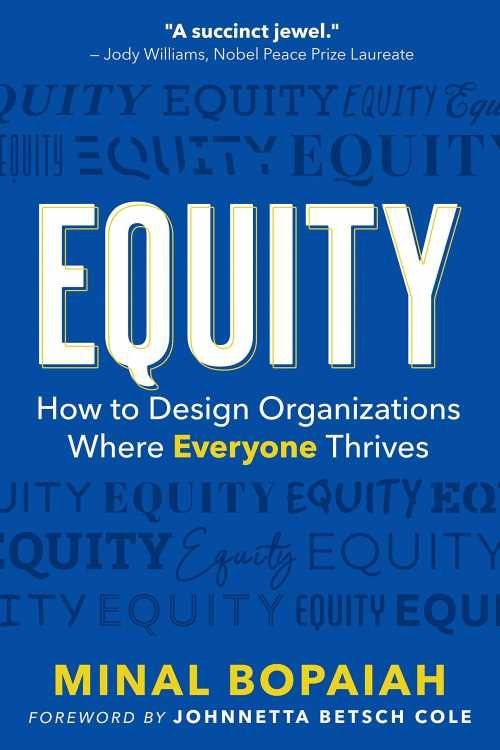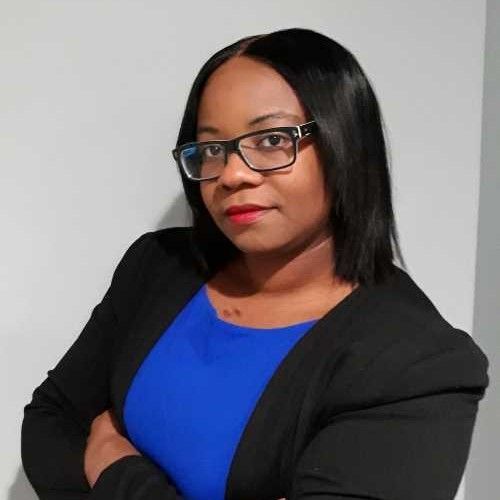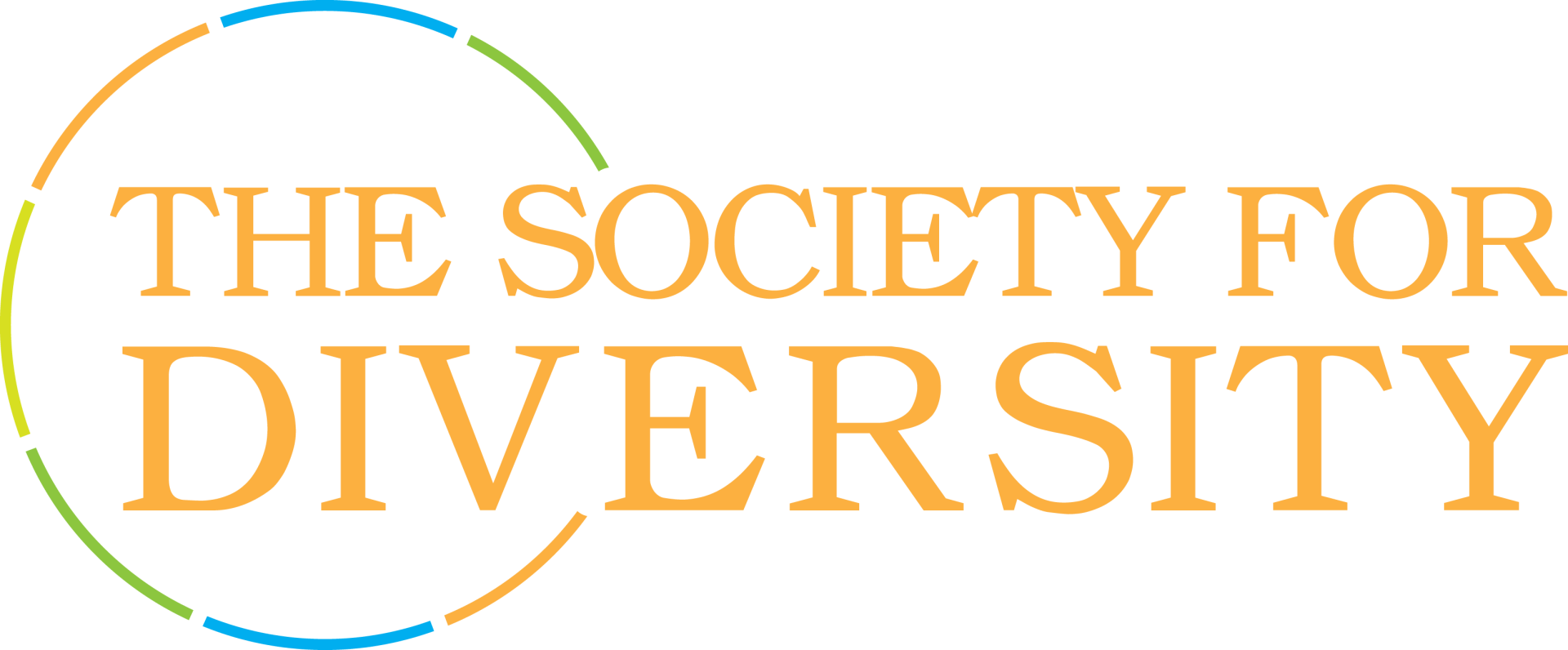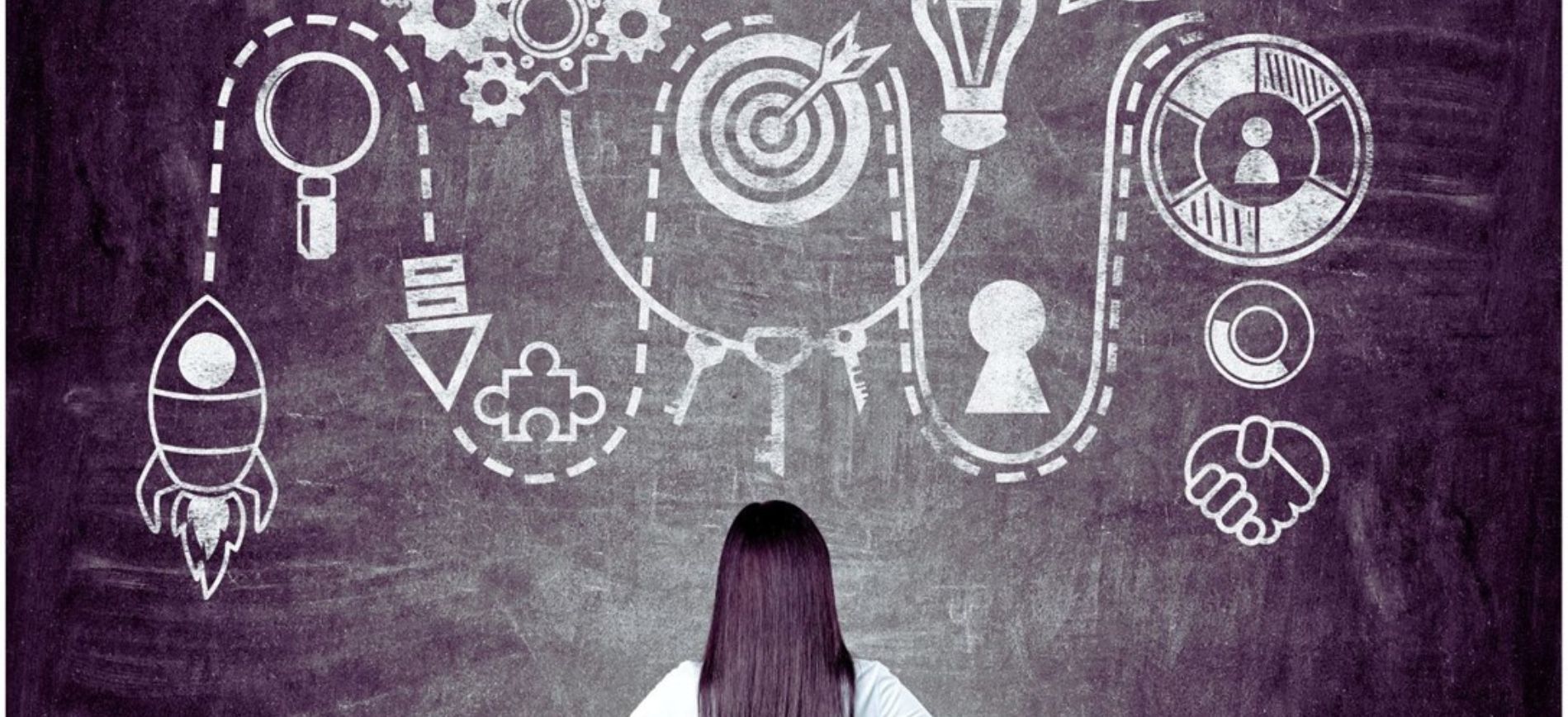Shakima Tozay, MSW, LICSW, CCM, PMH-C, CDP ® is a clinical social worker, Certified Diversity Professional (CDP)® and works as a senior social worker with the Department of Veteran Affairs. She lives in Washington State with her husband and many fur babies. Connect with Kima on Linkedin.
Book Review: Equity: How to Design Organizations Where Everyone Thrives
I read the book Equity: How to Design Organizations Where Everyone Thrives by Minal Bopaiah, founder of Brevity & Wit, a strategy and design firm. I found this piece inspiring and full of great resources for anyone passionate about diversity, equity, and inclusion (DEI) and changing organizations to be more equity centered.
The following book review follows the 5-4-3-2-1 reflection system:
- Five words, concepts, or phrases that resonated with me.
- Four pieces of knowledge I gained from reading.
- Three points that stood out the most.
- Two meaningful quotes I want to remember.
- One thought-provoking discussion prompt.
- Bonus points are reserved for unique book tidbits.

Five New Words, Concepts or Phrases that resonated with me:
After reading the book, these five words and concepts resonated with me the most:
- Human-Centered Design (HCD): Bopaiah advocates for taking a HCD approach to redesigning organizations for equity because it centers on human experience. The elements of HCD include empathize, define (the problem), ideate (brainstorming), and prototype.
- Perspective-gathering vs Perspective-taking: Bopaiah asserts that perspective-giving is different than perspective-taking in that it doesn’t project one’s thoughts and beliefs onto someone else, it is about actually listening to the other person’s perspective.
- REACH (Representation, Experience, Accessibility, Compensation, and Harm Reduction): The author introduces the REACH Equity Content Screen, a tool created by writer and speaker Vu Le. It includes principles for content creators to help center equity in their work when creating media content (see pages 106-108).
- Unethical Pattern: The author draws attention to the inequitable practice of unethical patterns, which is an interface design to trick users into doing things that ultimately benefit the company and not the user.
- Engaged and Equitable Leadership: According to Bopaiah, designing for equity begins with engaged leaders who walk the talk and are willing to go against the status quo to ensure everyone can thrive. Chapter 3 is dedicated to this concept.
Bopaiah also offers readers a glossary on page 139 of the book, defining many of the words and concepts the author writes about.
Four Things I learned:
- Practicing equity and constructing equitable organizations is an ongoing process of breaking down inequitable systems.
- There is never just one correct approach; different paths can lead to the same outcome.
- Eliminating inequities starts with systems redesign.
- We all have a part to play in creating an equitable society where all can thrive.
Three Main Points:
- Organizations should strongly consider a human-centered design approach to reform systems for equity.
- Redesign begins with centering and rehumanizing.
- Perspective-gathering is key to building relationships and trust when considering breaking down inequitable systems and co-designing new ones.
Two Memorable Mentions:
- Bopaiah asserts in the introduction that “inclusion without equity is toothless organizations end up talking about how to make people “feel more included” without doing the hard systems redesign that yields equal pay, more diverse leadership teams, and other signs of equal access to opportunity” (p. 7). This quote resonated with me, as I have seen many DEI policies fail because the focus on equity was absent throughout the entire process - from planning to implementation.
- Another quote that stood out to me I read in Chapter 4: Bridging the Gap. Bopaiah states, “Engaged leaders understand that if they want to design more equitable organizations, they need to center people who have historically been pushed to the margins. This begins with the empathic practice of perspective-gathering, where leaders take time either formally (through assessments) or informally (through feedback and conversation) to listen to the experiences and needs of people on the margins” (p. 65). This quote speaks to the importance of practicing empathy as a leader, which I strive to embody in my work. If leaders lack empathy for others, they will struggle to effectively demonstrate that they value equity and equality.
One Thought-provoking Question:
After reading this book, I pondered: How can I demonstrate equitable leadership daily?
Audience:
DEI professionals, book club members, coaches, consultants, Executive leaders in public and private settings, college and university students, and professors, and anyone passionate about being an equitable leader and making systems more equitable for those often left out of the conversation.
Bonus Points:
This book offers readers various resources beyond its pages, like a discussion guide for book clubs, worksheets from DEI practitioners, and the author's website with free downloads. The publisher even provides a welcome gift of a free e-book on their webpage.
I highly recommend Equity: How to Design Organizations Where Everyone Thrives to anyone who is interested in learning more about equity and how to create more equitable organizations. It is a well-written and informative book that is full of practical advice. I believe that everyone has a role to play in creating a more equitable world, and this book is a great place to start.
About Kima

Disclaimer: Content on this blog is authored by multiple sources. While we do make every attempt to proofread and fact-check, unless authored our staff, the views expressed do not necessarily reflect those of The Society for Diversity and the Institute for Diversity Certification.






